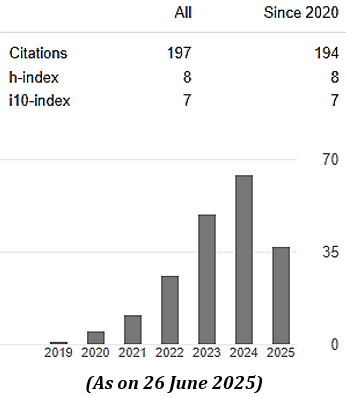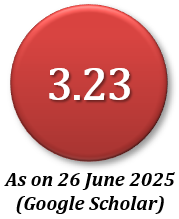Submission Preparation Checklist
As part of the submission process, authors are required to check off their submission's compliance with all of the following items, and submissions may be returned to authors that do not adhere to these guidelines.- The submission (or part of the submission) has not been published previously, nor even was considered by any other journals before, and the submission is free from self-plagiarism.
- Authors, Co-authors, and Contributors' information are provided correctly with proper sequence (in chronological order) based on their contributions.
- The submission has to be made in a Microsoft Word file based on Journal Template Format.
-
The text should adhere to the stylistic and bibliographic requirements outlined in the Author Guidelines.
Where available, URLs for the references have to be provided. - Ethical Agreement form is to be signed during submission process.
- Names of three prospective reviewers with their emails, affiliation country of origin and reviewing interest are to be provided.
- Authors' Personal Information form (Authors must submit authors' details indicating Military or Civil, along with the initial submission to MIJST)
Copyright Notice
MIJST follows the open access policy.

This work is licensed under a Creative Commons Attribution-NonCommercial 4.0 International License. This allows anyone to copy, share, distribute, and modify the work for non-commercial purposes, where the original work and source should be properly credited.
Privacy Statement
Privacy Statement
The names and email addresses entered in this journal site will be used exclusively for the stated purposes of this journal and will not be made available for any other purpose or to any other party.
















